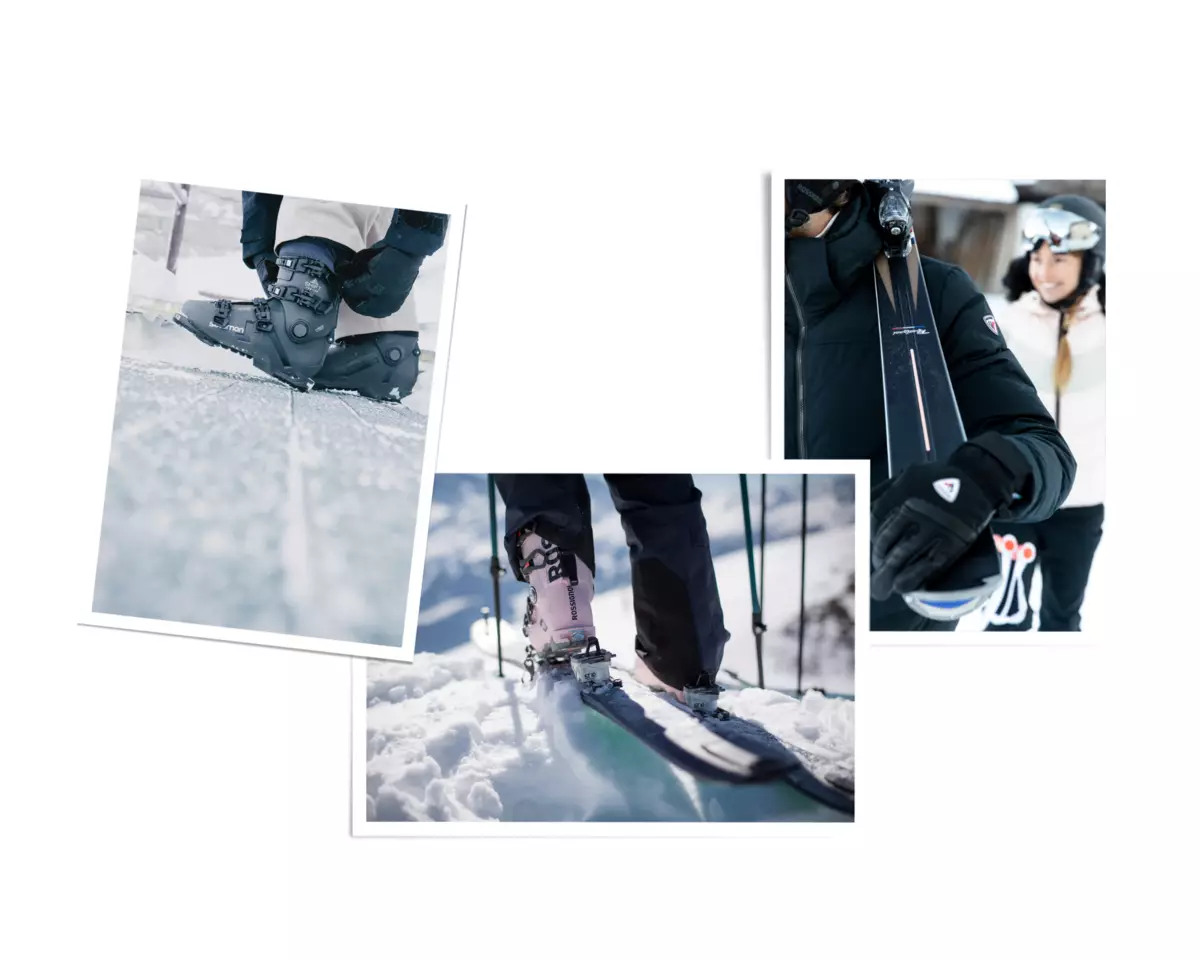
Crédit : Matt GEORGES, Julien MARTIN, Louis GARNIER.
Grip
The ski’s ability to stick to hard-packed snow in order to carry out turns.
All-Mountain Ski
Skis designed to perform well in a variety of snow conditions and on all types of mountain terrain.
To carve
A basic technique which comprises of short turns with no side slipping, using the edges of your skis and your weight to control the turns.
Carving
Performing a series of large turns on the edge of your skis, trying to lean into the turns as much as you can. It also refers to the type of skis used especially for carved turns.
Flex
“Flex” is used to talk about every part of a ski's flexion. The flex determines the character of the ski, its dynamism and tension. Flex lady skis are now available for women. They take into account a woman’s physique and the fact that women are generally lighter than men and have a slightly different stance when skiing.
Sidecut
This is where the revolution began! The sidecut is defined by the width of the ski at three main points: the tip, the waist and the tail. In short, the deeper the sidecut, the greater the difference between the width of the tip/tail and the waist, making the ski more parabolic.
Footprint
This is the ski’s overall shape and surface area. A key geometric measurement is the ski’s sidecut, or how its width varies along a given length.
Radius
This is the theoretical measurement of the size of the turn made by a ski positioned right on its edge. The radius depends on the sidecut (tip-waist-tail width). The deeper the sidecut, the smaller the radius and vice versa.
Kick
The ability to come out of a carving turn and into another turn with more energy and speed.
Rocker
The upward curvature on the base of a ski or snowboard. Used to distribute the rider’s weight across the skis or snowboard, as well as to provide proper tension for improved responsiveness. Determined by the amount of space underneath the centre of the ski when it lies on a flat surface with its weight resting on the tip and tail.
Base
The bottom of the ski, usually made of a hard, clear material in touring and metal-edge touring skis, and of a slightly softer, black graphite material in performance skis.
Shape
The shape of the ski is determined by its sidecut and length.
Tip
The front part of the ski, which is slightly raised to break through the snow.
Tail
The back part of the ski.